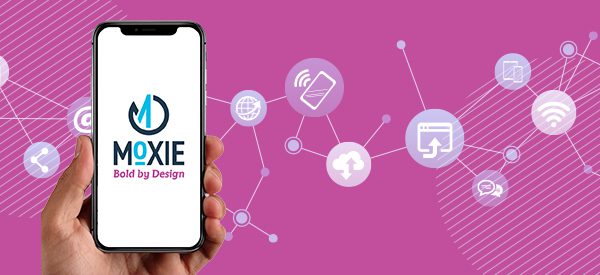When I was a kid the adults in my life would offer me advice that I often deemed silly. And of course, the rebellious side of me always had to test the limits and attempt to prove their advice was nothing but a myth. I swallowed my gum and lived to tell about it. I also swam within 60 minutes of consuming a meal without suffering any horrible consequences.
And still today, some things never change. Fellow marketing professionals offer advice, I often doubt it and my rebellion takes over. Email marketing is no exception. In my 20 plus years in this industry the number of dos and don’ts has been significant, and clients often ask what is real and what is not.
I can’t help but try to find the truth. Let’s debunk a few email marketing myths.
1. Email is the silver bullet of marketing
If you head to the internet and search email marketing, you will find many sources that suggest email is the BEST marketing tool. I have also seen some people suggest you only need email. Don’t get me wrong, email marketing can be very effective. But it is not a silver bullet. You need to partner with an agency that knows to include email marketing as a part of your marketing plan, but it is not the only tool needed. Integrated marketing campaigns yield the best results. Right message, right time, right audience via the right marketing channel is important. Your agency should put together a plan with a mix of marketing methods and it should be custom to your business goals.
2. Email is expensive
Email offers a very high return on investment. Current stats suggest for every $1 you spend on email marketing; your ROI is $44.* Email compared to other forms of marketing is affordable. But don’t forget the previous myth. Although cost-effective, email is not as effective if it’s your only form of marketing.
3. You can’t send too many emails. And you can send too many emails.
I have often worked with clients who tell me they want to email their customers and prospects often. When I ask for their definition of often, I get a variety of answers. Some don’t want to send too many emails, so they only want to send one per quarter. And others know they can’t send too many emails, so they want to email their customers and prospects every day. Regardless of which one you think is right, you’re wrong. Stop focusing on too many or too few. Focus on sending the right emails.
Your agency should regularly review the results of your email marketing with you. And based on the results they should make suggestions on how to amplify future results and fine tune your messaging and other factors of your email marketing.
After gathering enough data, your agency will learn more about the behaviors of your customers and prospects and adjust. Insights are an important factor in the success of your email marketing and will help zero in on which emails are the right ones to send.
4. It’s all about timing
While I will agree sending emails on a weekend typically results in a lower conversion rate, timing is not as important as some would lead you to believe. Relevant content and interactive elements drive engagement and in my opinion are more important. Industry statistics would agree.
Emails with interactive elements such as videos, image carousels, and surveys or polls have higher engagement levels than static emails. According to Martech Advisor, interactive email content can boost click rates by up to 300%.**
And even though sources now suggest humans have shorter attention spans than goldfish, I would not agree IF the content of your email is relevant to your customer. Your agency can help you align content to customer preferences. If it is relevant, they will read it. The most relevant content is often user-generated. Consider collaborating with your customers and share their story in your emails. Customers relate best with stories from other customers.
5. Email marketing replaces sales people
Nope. It does not replace selling. Email marketing, along with all forms of marketing, helps enable sales. Marketing does not replace sales. You still need a sales team calling on customers to close the sale. Marketing, including email marketing yields leads. Emails can help move a prospect from cold to warm and help sales people prioritize their sales activities.
6. The open rate is the most important measurement for ROI.
Just because a customer or prospect opens your email, it doesn’t mean they purchase from you. The same goes for click rate. The measurement you should focus on is conversion. The goal of email marketing is leads which can be turned over to sales and subsequently converted. Align your sales and marketing efforts to maximize your ROI which is measured by conversions.
And at the end of the day, if you are curious about the validity of a myth, talk to your agency about it. Who knows? You might inspire them to bust a myth.
* WebFX, ** Martech Advisor






